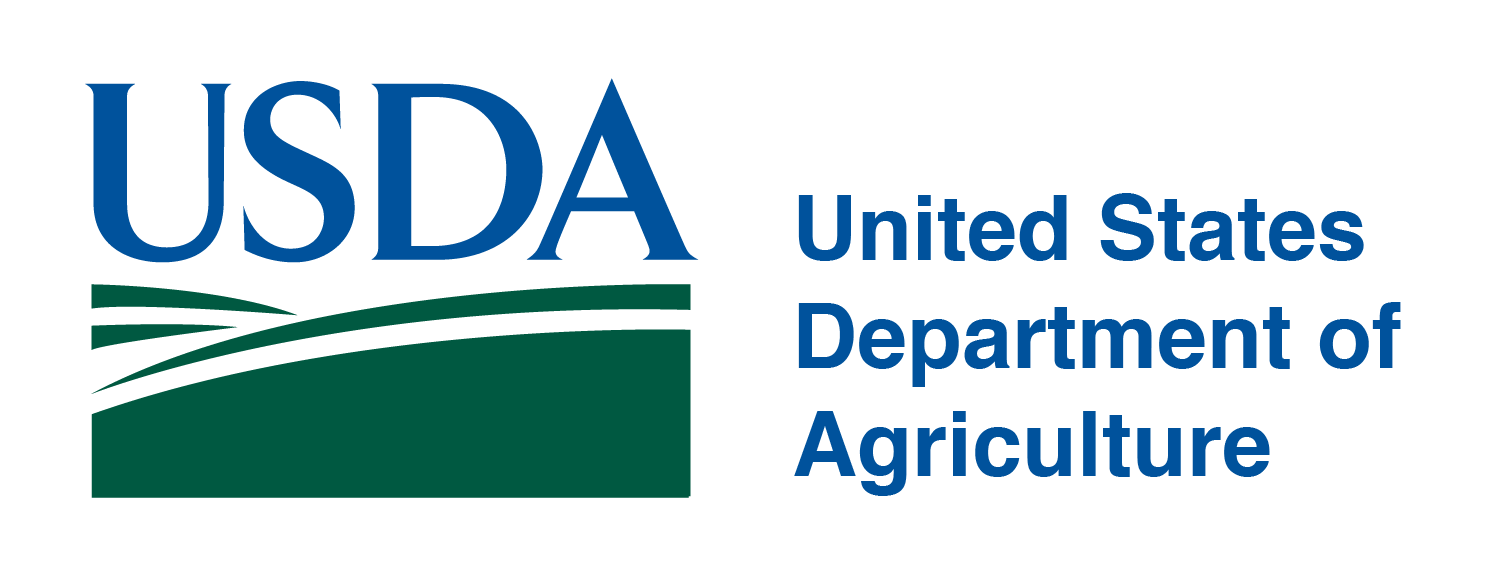
A new report from the U.S. Department of Agriculture examines three broadband programs and if they were able to reach the target audiences.
The report looked at three programs: The Broadband Initiatives Program (BIP) was the largest of them in terms of funds obligated during the study period, with about $3.6 billion in grants and loans in Fiscal Year 2010. ReConnect obligated $1.5 billion in grants and loans from Fiscal Year 2019 to Fiscal Year 2021, and Community Connect obligated $253 million in grants from Fiscal Year 2009 to Fiscal Year 2021.
“The populations served by all three programs tended to be more rural, less educated, poorer, and older than those in areas not served (for BIP) or ineligible (for Community Connect and ReConnect),” the report stated. “All programs reached a larger share of the American Indian/ Alaska Native (AIAN) and White populations than other races and a larger share of the non-Hispanic than Hispanic population.”
However, only 10% of AIANs who lived in areas eligible for ReConnect in 2020 were in approved project services areas, the lowest percentage for any racial group. This resulted from a low percentage of the eligible AIAN population in areas proposed to be served in ReConnect applications and not from a greater share of AIANs in areas that would have been served by rejected or withdrawn applications.
“Outreach and technical assistance efforts may help address some of the observed differences across racial and ethnic groups in their tendency to be included in applications to broadband programs and in their likelihood of having applications approved,” the report stated.
Brian Whitacre, a professor and Jean & Patsy Neustadt Chair in the department of Agricultural Economics at Oklahoma State University, said he was pleased to see a report that looks at outcomes.
“In the past, we’ve had all these federal broadband programs, and we’ve never really done an analysis of where that money is going,” he told the Daily Yonder.
This report, he said, looks at whether the money is going to the people it’s intended to.
Read the full article on The Daily Yonder website.
